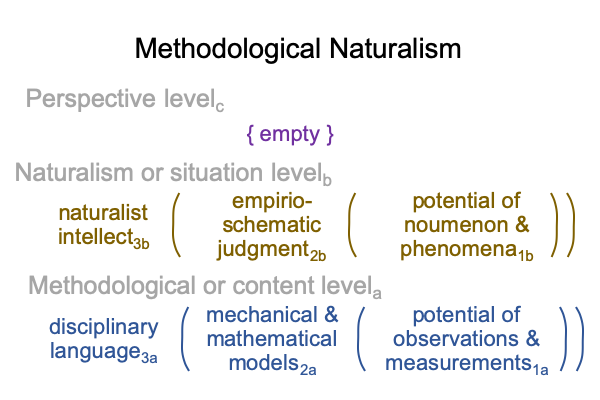0023 At this point, I run with two metaphors.
First, the world is upside down. The ocean of Big Government (il)Liberalism sloshes above, as a world suspended in surreal liquidity, heavy and looming. The regulatory sea holds a thousand points of light, each submerged in its own righteousness. A leviathan swims in these celestial waters. This leviathan applies the first amendment of the U.S. Constitution to education by state and federally funded institutions. These schools may teach science, but not religion. Here, “religion” means “a Christian faction”.
Second, a small boat, initially named The Creation Science, then later (after the unfortunate moment when the captain lost a leg to stand on) named The Intelligent Design, floats on the surface, that is, the bottom, of this inverted ocean. This boat hunts the above-mentioned leviathan. The academically inclined sailors fashion a lance of that looks like the methodological level of science. But, the captain does not fully comprehend what harm it can do.
The captain?
0024 Philosopher Larry Laudan comes under scrutiny in the fourth section of Pennock’s essay. After the McLean case (the leg-bite), this philosopher writes three articles denying a demarcation between science and religion. There are no criteria for strictly distinguishing what is religious, what is scientific, what is pseudo-scientific and what is unscientific.
Laudan struggles mightily against the criteria of Michael Ruse (A-E).
Two arguments support his conclusions (M and N).
The first (M) says, more or less, “There is a lack of unity between philosophers about the demarcation criteria.”
Okay, experts rarely agree. That is the nature of experts.
The second (N) says, more or less, “The 1981 McLean versus Arkansas case is hollow, because it canonizes a false stereotype of what science is and how it works.”
I suspect that this is correct because Ruse’s criteria (A-E) pertain to what is and what ought to be in the Naturalist’s judgment. The empirio-schematic judgment (what ought to be) unfolds into the content level of the following two-level interscope. The Naturalist’s judgment unfolds into the situation level.

0025 Michael Ruse’s criteria (A-E) draw attention to the content level.
Perhaps, this is why the author, Robert Pennock, wants to set the record straight.
The 1981 McLean case focuses on the content of science.
The 2005 Kitzmiller case focuses on the situation of science.
What does this suggest?
0025 The Intelligent Design comes up with a better tactic. Of Pandas and People follows the style of the empirio-schematic judgment. Ruse’s criteria lack teeth.Pennock sees this and proposes that science must be distinguished, not on the methodological levela, but on the naturalism levelb. The ground rule of the naturalist intellect3b is “no metaphysics”.
